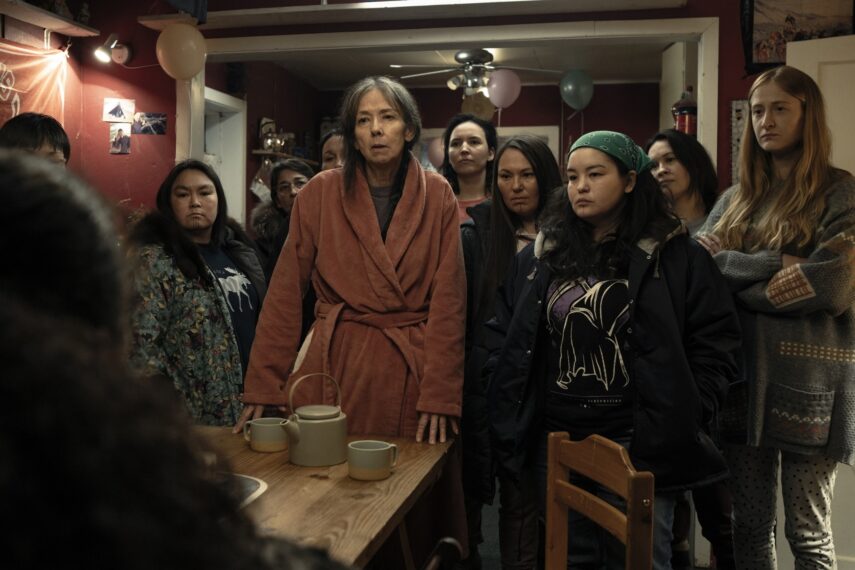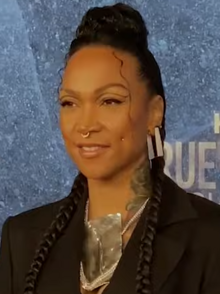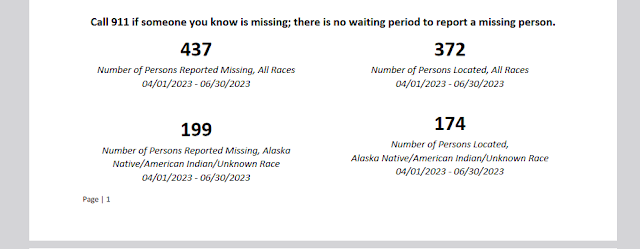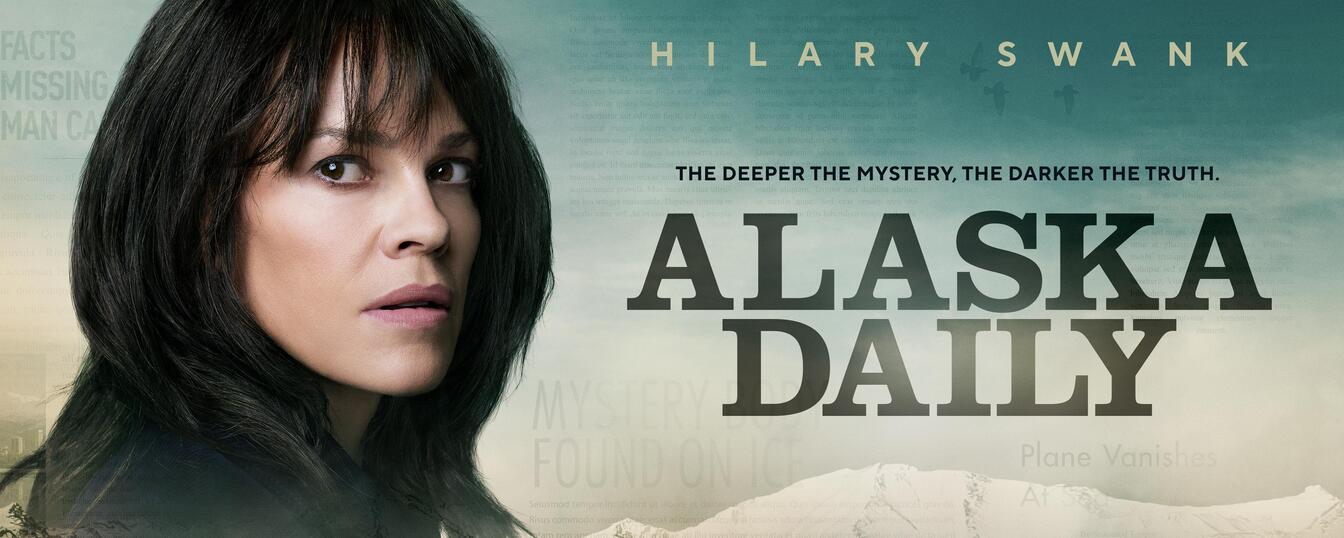MMIP. The Democratic National Committee (DNC) announced today it will launch a new print and digital awareness campaign to commemorate the upcoming Missing and Murdered Indigenous Persons Awareness Day on May 5.
(WILL BE UPDATED)
Event: Red Sand Project. (ARKANSAS)
The Red Sand Project Earthworks | Red Sand Project pouring red sand into sidewalk cracks highlights things we often overlook. May 5th is recognized as the National Day of Awareness for Missing and Murdered Indigenous Women and Girls (MMIWG) throughout the nation (North America).
Walk With Our Sisters to continue to raise awareness surrounding MMIWG
By Ken Kellar kkellar@fortfrances.com
A walk being planned for early May is hoping to raise more awareness surrounding an ongoing national crisis.
The second annual Walk With Our Sisters is being planned by a collective of local agencies all with a goal of raising awareness around the emergency of Missing and Murdered Indigenous Women and Girls (MMIWG), along with boys and two-spirit people. The walk is scheduled for Tuesday, May 7, 2024, and will begin at the Fort Frances Senior Centre at 12:00 p.m. before making its way to the United Native Friendship Centre (UNFC) on Scott and Mowat.
Rhonda Howells, the preservation worker with the Northwestern Ontario Metis Child and Family Services (NWOMCFS), along with the UNFC’s aboriginal healing and wellness worker Amanda Guimond and Giishkaandago’Ikwe Health Services’ Memengwaawag liaison and case manager Brandis Oliver have been planning this event with the intent to give it even more of an impact than last year’s in order to really drive home the message that the Rainy River District is not immune to the realities of MMIWG.
“There had been some extended interest [following last year’s walk] and so we’re hoping that this year is a bigger and better event,” Howells said.
“We’ve got more partners that are on board, so we’re excited to bring this awareness to the community. We were just talking earlier about the woman that’s missing locally. We need to be bringing awareness to our community. We are not exempt from this. Being a border town, it is definitely something we have to be very conscientious of. We need to raise or children to have a voice and we need to educate people so that everyone is aware of it to keep everyone safe. That’s one of the reasons why this Walk With Our Sisters is so important in our area. We are directly impacted by it and a lot of people don’t necessarily realize that it is right under our noses.”
Howells said that the walk is part of a movement seeking to end violence against women and seeks to draw attention to high rates of violence, disappearances and murders against Indigenous people in Canada, particularly women and girls. She noted that the frequency of this crisis is at such a level that there are few Indigenous people who haven’t been affected by it in some fashion.
“Chances are that if you know an Indigenous person, they are related to someone who has gone missing,” she said.
“That’s how common it is.”
Guimond noted the walk will begin with a blessing by an elder from Seine River who has been impacted by human trafficking in her family, and whose granddaughter is making and will be dancing in a red jingle dress for the event. Ribbons will be passed out to all participants in the walk, who can then personalize them by writing the name of a missing or murdered loved one, or simply something that is significant to them. Once the walk arrives at the UNFC, the walkers will hang their ribbons along the fence that borders the two main roadways, a bagged lunch will provided for participants, and a special drum song by the UNFC’s women’s hand drumming group will also be performed. Guimond said the song was gifted to the drum group specifically for the missing and murdered indigenous women, girls and two-spirited.
The most recent stats on MMIWG come from 2020, according to Howells, and at that point in time it was reported that Indigenous women are up to six times more likely to be murdered or sexually assaulted, and four times more likely than non-Indigenous women to be victims of violence. The stats also reveal that one in three Indigenous women have been, or will experience, rape in their lifetime, and that murder is the third leading cause of death for Indigenous women. Considering the statistics are now four years old, Oliver said it’s almost certain those statistics are under-representing today’s reality.
“It’s a national emergency right now,” she said.
“The government has actually put in that it’s a national emergency with the amount of victims that are now being found in landfills across Canada, and how much of an issue it actually is. I don’t think the numbers are correct, from what they put out.”
Howells said that after last year’s participant count of 156, the organizing group set this year’s goal for 250 walk participants, and even greater numbers in years to come. She said that the three of them see the Walk as another opportunity to spread the word about MMIWG, hoping that people will realize that it is something that is impacting our region, and noted that conversation is the key to learning more and taking action.
“We need to start that conversation so we can educate our children so that they’re not victims,” Howells said.
“We need to bring awareness so that if you do see something that doesn’t feel quite right, there is a place for people to go. People need to know what to do. We’ve got great people, we’ve got mental health counsellors, they’re there and they are going to be present. If you need support, we’ve got that support here. We encourage anyone to participate. You don’t have to Indigenous, you don’t have to be a woman. The more awareness that we can bring to our community, when the traffickers come through here, if they know people are watching, maybe it will discourage someone from being taken.”
“We want to stop that bystander effect,” Guimond added.
“People are not paying attention, they’re not calling to report anything that they’re seeing. We really want that to come to an end because that will help protect more people from violent situations.”
The Walk organizers also shared that in the lead-up to the event, businesses in Fort Frances and along Scott Street are invited to decorate their front windows with red dresses, handprints or other similar symbols to show solidarity with the walk. Participating businesses will be eligible for a prize for the best display.
READ MORE:
'My heart's very heavy': Inquest into deaths of 4 Indigenous women starts in Whitehorse
Donations sought ahead of Red Dress Day in Penticton
MMIWG 5K returns to Grande Prairie for sixth anniversary
Metis Society of Fort St. John to host first-ever Red Dress Day event
The Metis Society of Fort St. John is hosting its first-ever Red Dress Day event, highlighting local Metis and Indigenous vendors and entrepreneurs through an artisan market.
Metis Society board member Bailey Copeland says the event came to fruition after the organization’s board, elected in 2023, started discussing how to recognize the significant day.
“We decided it would be a really good idea to bring some sort of a public event to Fort St. John that brings awareness and helps move us towards reconciliation,” said Copeland.
“I hope that people will attend the event, speak to some of the vendors, maybe learn their stories, and potentially learn who they've lost because most indigenous people have lost somebody.”
Red Dress Day began as an art project by Indigenous artist Jaime Black. In 2010, Black displayed an installation at the University of Winnipeg that included red dresses symbolizing the growing number of Murdered and Missing Indigenous Women and Girls (MMIWG) nationwide.
“Just like the visual of the red dress itself, [this event] provides us with an opportunity to consider the pain and loss experienced by Indigenous people,” says Copeland.
According to Statistics Canada, 490 Indigenous women and girls were killed between 2009 and 2021. Of those who were murdered, 60 per cent were First Nations, eight per cent were Inuit, and seven per cent were Métis.
Locally, the Indigenous community can point to the disappearances of Renee Didier and Darlyn Supernant, who were last seen in Dawson Creek in 2023.
Copeland says there is the hope that more will come involved as the date draws near.
“Bead workers and individuals from Indigenous businesses will come and display their products,” said Copeland. “Several Indigenous businesses are in town, so we’re still reaching out and hoping for more sign-ups.”
The market will be available on May 5th at Festival Plaza (Fort St. John Metis Society)
She wants the event to open up conversations between the community, non-Indigenous and Indigenous, as people in Canada strive toward reconciliation.
According to Copeland, she feels that listening and sharing their stories allows non-Indigenous people to experience a bit of what Indigenous people have lost.
“Every event that we have in the public just makes our community more culturally diverse,” said Copeland.
The market will occur from noon to 3:00 p.m. at the Festival Plaza at 96th Avenue and 100th Street in Fort St. John.
Edward Hitchins, Local Journalism Initiative Reporter, Energeticcity.ca
*
Walk this Sunday in Red Deer to remember all missing & murdered Indigenous people
A solemn walk to remember all Missing & Murdered Indigenous Peoples (MMIP) is happening in Red Deer on May 5, or what is known nationally as Red Dress Day.
The walk begins at 8 a.m. with an opening ceremony at the Common Ground Garden Project (5581 45 Street).












